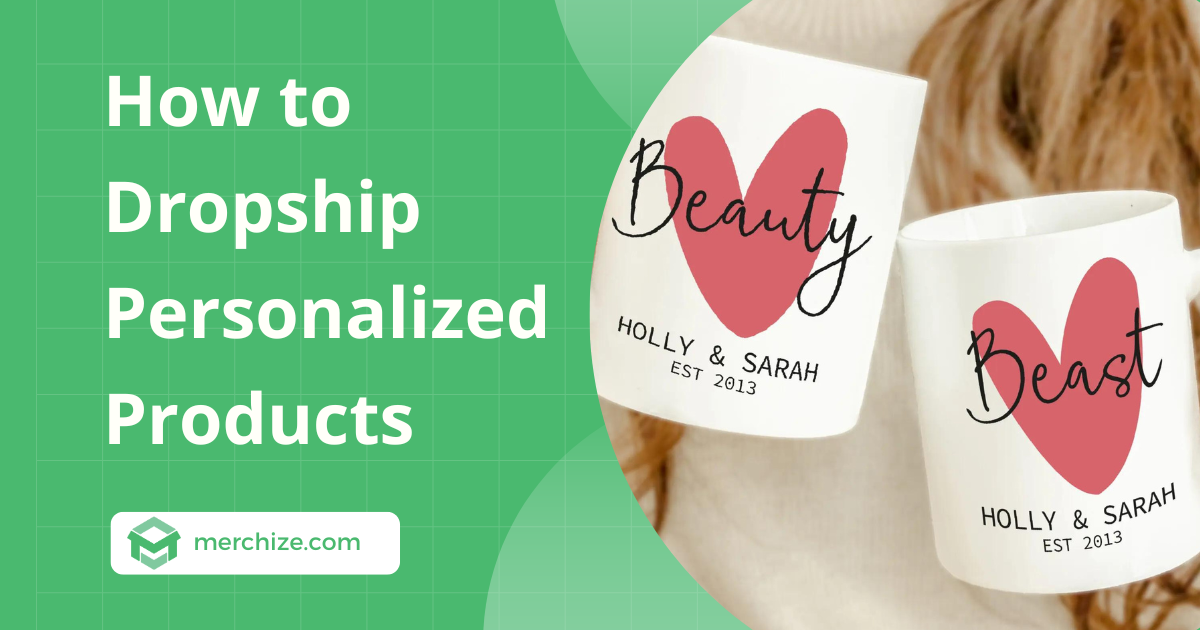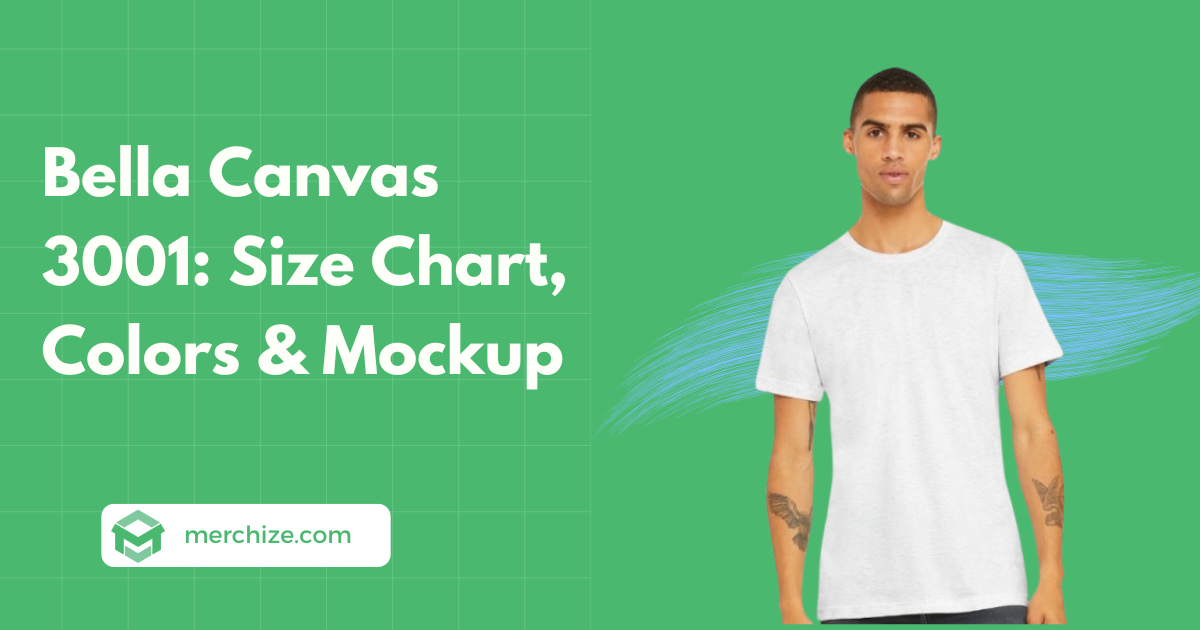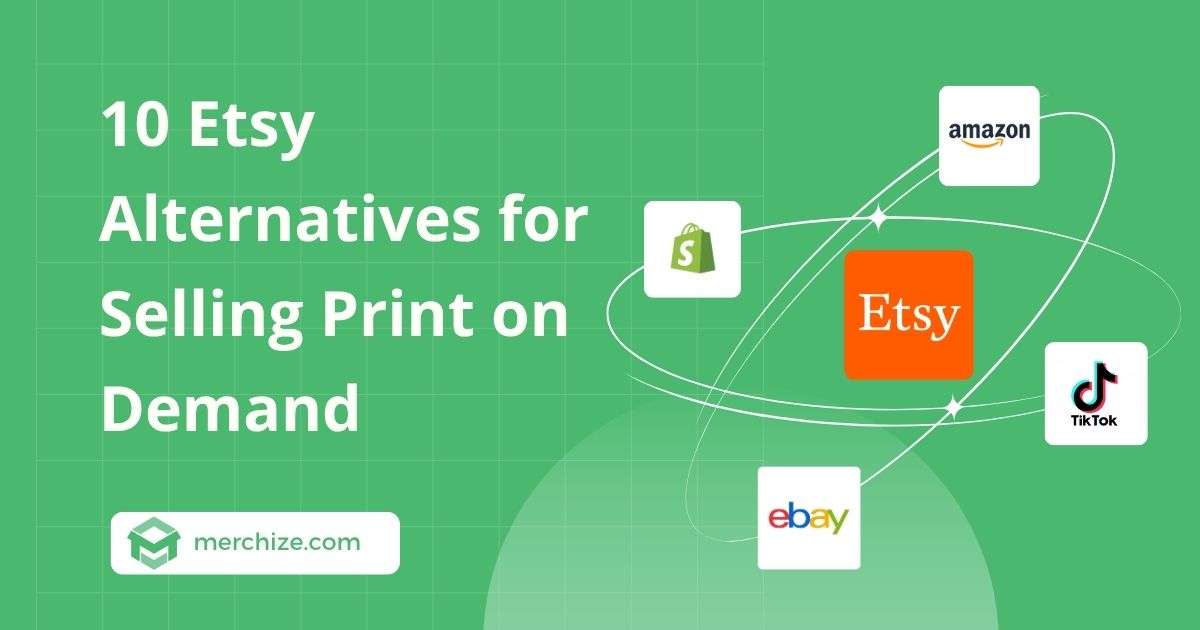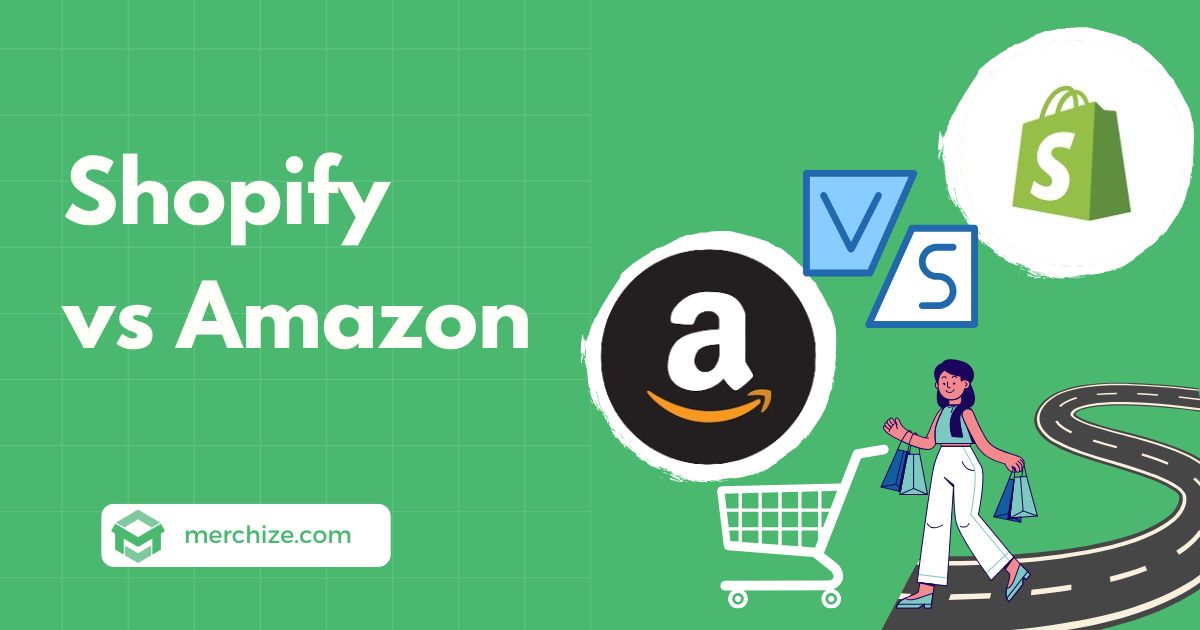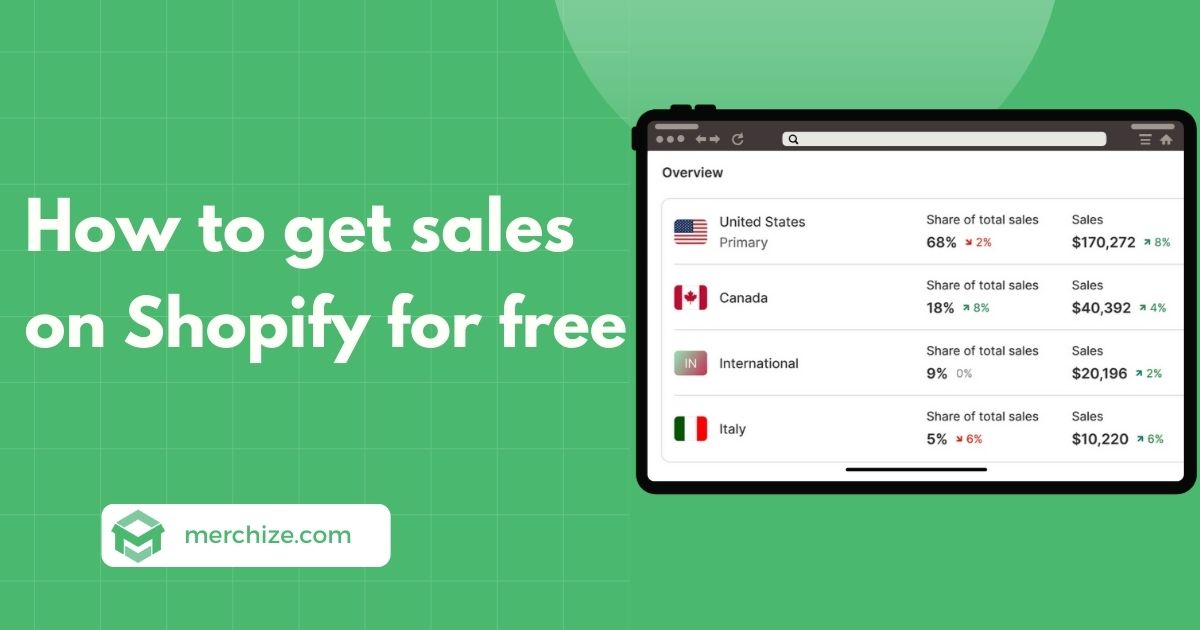Contents
What are Dropship Personalized Products
In recent years, the word “dropshipping” has been popularized over the internet as a low-barrier method for starting an online business. For those who haven’t heard of dropshipping, this is a business model that allows sellers to sell products online without buying inventory. Instead, they only have to pay when an order is placed. Upon receiving the orders, sellers will forward the order details and shipment information to a third-party supplier or manufacturer, who then ships the product directly to the customer.
With the promise of making online business more accessible and attainable, dropshipping has found itself in the spotlight of the e-commerce world. As more and more people enter the space, the competition is propelled to an all-time high, creating more challenges for newbies or even experienced dropshippers.
In order to compete and thrive in the face of cut-throat competition, dropshipping sellers must explore new ways to make their products stand out from others, think as branded dropshipping or dropshipping personalized products. Instead of just offering generic off-the-shelf products, you can bring up something unique, special, and tailored just for your customers.
The term “personalized products" refers to items that can be customized according to the customer’s preferences, such as adding names, initials, photos, or other unique elements. Think personalized mugs, custom-printed t-shirts, or even engraved jewelry.
Normal dropshipping vs personalized dropshipping
To make it simple: Normal dropshipping offers generic products, while personalized dropshipping items can be customized to suit each customer’s preferences.
Beyond the simple explanation, let’s find out how these two models differ from each other in different aspects.
| Normal Dropshipping | Personalized Dropshipping | |
| Product Variety | Offers a wide range of pre-made, non-customized products. | Fewer options. Mostly focuses on customizable items that can be tailored to individual customer preferences. |
| Competitive Advantage | Competes based on factors like pricing, shipping times, and customer service. | Provides a unique selling proposition by offering customized products that are not readily available from competitors. |
| Order Fulfillment | Orders are processed and shipped directly from the supplier to the customer without customization. | The order fulfillment process is much more complicated, requiring additional steps for creating personalized designs and order processing to communicate customization details to suppliers, potentially leading to longer fulfillment times. |
| Inventory Management | Minimal inventory management is required as products are sourced from suppliers. | More management responsibilities regarding the management of customization options and communication with suppliers to ensure accurate order fulfillment. |
| Market Demand | Serves a broader market with general consumer preferences. | Targets niche markets and customers seeking unique, personalized products or special gifts. |
| Profit Margins | Profit margins may be lower due to higher competition and price sensitivity. | Can command higher prices for customized products, leading to potentially higher profit margins. |
| Scalability | More scalable. Can provide a wider range of products in different categories. Can process larger order volumes. | A more complicated process leads to many challenges for scaling and meeting the growing demand: Limited product options. Longer processing time and lower order volume capacity. |
| Customer satisfaction | Less prone to errors. Customers will receive what they order. | It’s easier to mess up orders, for example, by sending the wrong personalized information. Customers might request refunds or a redo (which will cost money) if they aren’t happy with the personalization.
However, on the bright side, personalized products create a special connection with customers, leading to overall higher satisfaction. |
Why sell personalized products via dropshipping?
By combining the ease of dropshipping with the charm of personalization, you will be able to explore more opportunities and attract more customers.
According to Statista, the global personalized gifts market is projected to reach $43.3 billion by 2027, highlighting the strong demand for custom items in e-commerce.
- Higher product value
Think about it. What’s more appealing than a product designed just for you? Personalization isn’t just about slapping a name on a mug or t-shirt; it’s about creating something unique that speaks to someone’s heart. Whether it’s a customized necklace with their pet’s paw print or a printed phone case, these items hold a special place in people’s hearts. And you know what that means? They’re willing to open their wallets a tad wider for that extra touch of uniqueness.
Plus, when customers are willing to pay more, that means more profit in your pocket. Who doesn’t love that?
- Less competition
While everyone else is hustling and fighting for sales with their generic products, you’re serving up custom-made goodness that’s unique and personal. It helps you to earn some points from your customers and gives them one more season to buy from you.
- More acceptable long shipping times
Most dropshipping suppliers are located overseas, and it takes a longer time for products to arrive at your customers’ doors. This extended waiting time might discourage customers from buying from you instead of other sellers who deliver the same products in just one or two days.
With personalized products, the added production time will even make customers wait longer. However, due to the special value that you have to offer, customers are more willing to wait extra time to get a unique personalized product, as long as you set clear expectations and maintain open communication.
- Better retention and effective mouth-to-mouth marketing
Personalized products mean more than just a functional item. They show personal identity and create deep emotional connections, which help you to create a lasting impression on your customers. And the next time they want a product, they will remember you and come back for more! Not only that, your customers are also more willing to rave about your products to people around them – a perfect mouth-to-mouth marketing method.
Methods to dropship personalized products
The idea of dropshipping personalized products might remind some of another popular e-commerce no-inventory business model – print on demand. Both of them can help entrepreneurs deliver personalized products to customers without having to buy the products upfront. And the processes of these two models are also similar. However, there are still some more distinctive differences between the two:
- Personalized dropshipping: Not every dropshipping supplier can offer personalization services, and not all dropshipping products are available for personalization. Most of the time, sellers who want to add personalization to a product will have to send a direct request to the supplier or manufacturer to see if it’s possible. Moreover, most of the dropshipping suppliers don’t come with a specialized system built for fulfilling custom orders.
Just like with regular dropshipping, sellers will go on dropshipping platforms like Alibaba, Sprocket, DHGate, Salehoo, etc, to source their products.
- Print on demand: Compared to dropshipping personalized products, print on demand offers a more advanced and specialized system to deliver the same results. It provides a greater level of customization along with many built-in features that make the fulfillment of personalized orders easier and more convenient.
Some of the popular print on demand platforms with reliable services that you can use are Merchize, Printful, Printify, and so on.
How to dropship personalized products: Step-by-step instructions
Step 1: Set Up an Online Store With Engaging Product Pages
Let’s talk about the crucial first step: setting up an online store with product pages that not only catch the eye but also integrate the personalization options. This is the first but also a highly important part of the process.
Choose a platform
Similar to when you start a dropshipping business, the first step is to choose the platform where you are going to sell your product. You can choose either e-commerce platforms with existing customer bases or start from scratch with your website:
- E-commerce platforms: Amazon, Etsy, and eBay are the three most popular e-commerce platforms for dropshippers. All of these platforms are integrated with personalization features, which allow your customers to select custom options and send their personalization details.
- Your website: Another option is to create your own website using e-commerce website builders like Shopify, BigCommerce, WooCommerce, etc. On each platform, you can add and customize a personalization box for your product pages.
Integrate features to personalize products
To streamline your personalization orders, it is important to add personalization options and custom text fields to your product pages.
With these added features, you will be able to collect your customers’ personalization choices and details. Your personalized product pages should be designed in a way that:
- Present the personalization options clearly: You must create a simple, intuitive interface where customers can pick and choose how to customize their own items.
- Show which design elements are customizable: Customer should be able to input their preference, from choosing the colors, fonts, sizes, and print locations to input their own images or texts.
- Collect customer personalization orders: Besides creating an interface for collecting customers’ personalization information, make sure that this information is collected, stored properly, and sent to your suppliers.
Depending on the platform that you choose to run your business, you can search for the corresponding guide on how to add personalization options to your product pages and create a seamless buying experience for your customers.
Step 2: Select Customizable Dropshipping Products
The next step in our personalized product dropshipping adventure is selecting the perfect customizable goodies to fill your digital shelves! When it comes to seeking potential personalized products for dropshipping, you should consider the demand for the product as well as its personalization opportunities.
Here are a few questions that you can ask to tell if a product is great for personalization:
- Can you personalize this product? If yes, how much can you personalize the product?
- Would customers want this product with a personalization touch?
- How much does it cost to personalize this product? If the cost is high, will the customers accept this pricing?
- After the personalization, will the product still adhere to safety standards, if there are any?
If you have no idea where to start your search for the right personalized dropshipping products, here are a few highly potential products for personalized dropshipping you can look into:
- Apparel: T-shirts, hoodies, hats, and other clothing items can be personalized with text, images, or graphics according to customer preferences.
- Accessories: Other accessories like hats and bags can be personalized with names, images, or custom designs.
- Jewelry: Rings, necklaces, bracelets, and earrings can be engraved with names, initials, dates, or meaningful messages.
- Home Décor: Items such as customized pillows, blankets, picture frames, and wall art allow customers to add their own photos, quotes, or designs. Such products can add a personal touch to customers’ living spaces.
- Phone Accessories: Phone cases, pop sockets, and laptop sleeves can be personalized with photos, monograms, or unique designs.
- Gifts: Items like mugs, keychains, coasters, and cutting boards can be customized with names, photos, or special messages, making them ideal for gift-giving occasions, like birthdays, weddings, anniversaries, or other special occasions.
- Stationery: Notebooks, journals, planners, and pens can be customized with names, initials, or unique designs, appealing to customers who appreciate personalized stationery.
- Pet Products: Collars, tags, bowls, and beds can be personalized with pet names or unique designs, catering to pet owners who want to pamper their furry friends.
- Baby Products: Onesies, bibs, blankets, and toys can be customized with baby names, birthdates, or adorable graphics, appealing to parents and gift-givers.
- Drinkware: Water bottles, coffee mugs, wine glasses, and tumblers can be personalized with names, quotes, or custom designs, making them popular choices for personal use or as gifts.
Step 3: Connect With Custom Dropshipping Suppliers
After selecting the right products for your personalization dropshipping business, you can head to the next step – sourcing the suppliers who can provide the personalization for your selected products.
At this step, you can choose between two options: dropshipping or print on demand suppliers.
Dropshipping platform
Dropshipping offers a broad assortment of products from practically every category. The opportunities are endless. But here’s the catch: Not all dropshipping suppliers offer personalization options for their products. In most cases, you will have to send your query to the manufacturers and ask if the product is available for personalization.
Aliexpress, DHGate, and Taobao are some popular dropshipping platforms where you can find contacts of the manufacturers and send your custom request.
Print on demand
Print on demand offers a more convenient alternative to traditional dropshipping. Compared to personalized dropshipping, print on demand is more specialized in custom fulfillment with a more advanced system and more opportunities for personalization. It will help your personalization process run more smoothly, require less intervention on your part, and lower the risk of messing up the orders.
Merchize is a reliable print-on-demand partner that offers a wide array of high-quality customizable products. We also provide an easy-to-follow process for personalized orders that allows a smooth and efficient fulfillment procedure.
Step 4: Design Engaging Artwork
Once you find the suppliers that can fulfill personalized orders for your selected products, it’s time to think about how you should decorate the products with personalized details.
The simplest personalization option is to add simple personalized texts, whether it’s personal names, quotes, or messages. However, to maximize the potential of personalization and create highly personalized and captivating products, you can do more than add a text box to your products. For example, create engaging artwork with personalized elements.
In the following, let’s see how you can create artwork that appeals to your customers:
1. Choose your personalized products niche
First things first, let’s narrow down our focus.
Instead of going for all the generic products that are selling well in the market, you should focus on certain lines of products. Within these smaller niches, you can stand a better chance of competing and standing out. Plus, by focusing on one niche, you will find it easy to identify your customers’ needs and resonate with your target audience.
Whether it’s quirky cat-themed accessories or minimalist monogrammed designs, finding your niche is the key to standing out in a sea of personalized products.
2. Research designs from the same niche
Now that you’ve chosen your niche, it’s time to do a little detective work. Based on your selected niche, you can scour the internet for inspiration and insight into what makes your niche tick. Take a deep dive into the world of designs from the same niche – what trends are hot right now? What colors, fonts, and styles are resonating with customers? How do other competitors integrate a personalization touch into their products? By immersing yourself in the world of your niche, you’ll gain valuable insights that will inform your own design process.
3. Select the type of products
Once you’ve done your research and honed in on your niche, it’s time to choose the type of product you want to focus on. This step might overlap with the previous step. However, depending on your own strategy, you can rearrange your process accordingly. If you have selected the niche before anything else, you can select the products based on the niche you have chosen. Or else, you can select the products and then choose suitable niches.
4. Create designs for products that include personalized elements:
Once you have clarified your niche and products, it is time to sit down and work on creating designs for your products. But remember, we’re not just creating any old artwork here – we’re designing engaging artwork that includes personalized elements.
Whether it’s adding a customer’s name to a mug or incorporating their favorite color into a T-shirt design, the key is to make your customers feel like the star of the show. So get creative, think outside the box, and don’t be afraid to push the envelope. After all, the sky’s the limit when it comes to personalized perfection!
Whether you’re a seasoned artist or a budding designer, there’s never been a better time to unleash your creativity and make your mark on the world of personalized products. After all, the world is your canvas, and the possibilities are endless!
Step 5: Personalize Your Dropshipping Items
This is where the magic happens – where your products transform from ordinary to extraordinary with the power of personalization. So grab your virtual paintbrushes and let’s dive into the world of customizing like a boss!
Set up a personalization dropshipping system:
Before launching your personalized dropshipping products, it’s important to set up a personalized dropshipping system.
Preparing a personalization dropshipping system is crucial for streamlining the customization process and ensuring that each order is handled with care. Think of it like building a well-oiled machine – every cog and gear working together seamlessly to deliver personalized perfection to your customer’s doorsteps.
Whether it’s integrating personalized product options into your online store, creating a system for collecting customer customization details, creating personalized artwork, or pushing personalized orders to your fulfillment partners, the key is to make the process as smooth and efficient as possible.
Create personalized artwork:
Here comes the most crucial and complicated part of the process – Creating customized artworks that make your customers’ hearts skip a beat.
With each personalized order, you will have to create a separate design file and send the order information along with the design file to the supplier. The challenge is how to create the alternating personalization details as quickly and as accurately as possible. A simple mistake can mess up the orders, upset customers, and cost you to lose your money.
But how should you go about it? Well, there are a few different approaches you can take:
- Manual processing: This is the old-school method of manually editing to create personalized designs individually. With manual processing, always carefully double-check if the design is aligned with the customer’s order information. While it offers a personal touch, it can be prone to errors and time-consuming, especially when dealing with a large volume of orders.
- Automation process: On the flip side, automation can be a game-changer when it comes to personalization. By leveraging technology to create personalized artwork, you can ensure accuracy and save time, especially during peak seasons. Just be sure to double-check those automated designs for any glitches or hiccups along the way.
- Personalized apps: Another option is to use personalized apps that streamline the customization process for you. While convenient, these apps may come with their own set of limitations or drawbacks, so be sure to weigh the pros and cons before diving in headfirst.
Send the order fulfillment to your suppliers:
Once you’ve got your personalized artwork locked and loaded, it’s time to send the order fulfillment details to your suppliers. This is where the magic happens behind the scenes – your suppliers spring into action, turning your designs into tangible products that your customers will love. Whether it’s printing custom designs onto T-shirts or engraving personalized messages onto jewelry, your suppliers play a crucial role in bringing your vision to life.
Step 6: Promote Your Personalized Items to Get Orders
- Social media
- Email marketing
- Influencer marketing
We hope that through this article you can start your personalized dropship business in the most effective way. By following the above steps and your own perseverance, you can have a not small source of income from online business. Please follow the next blog posts on our website.
